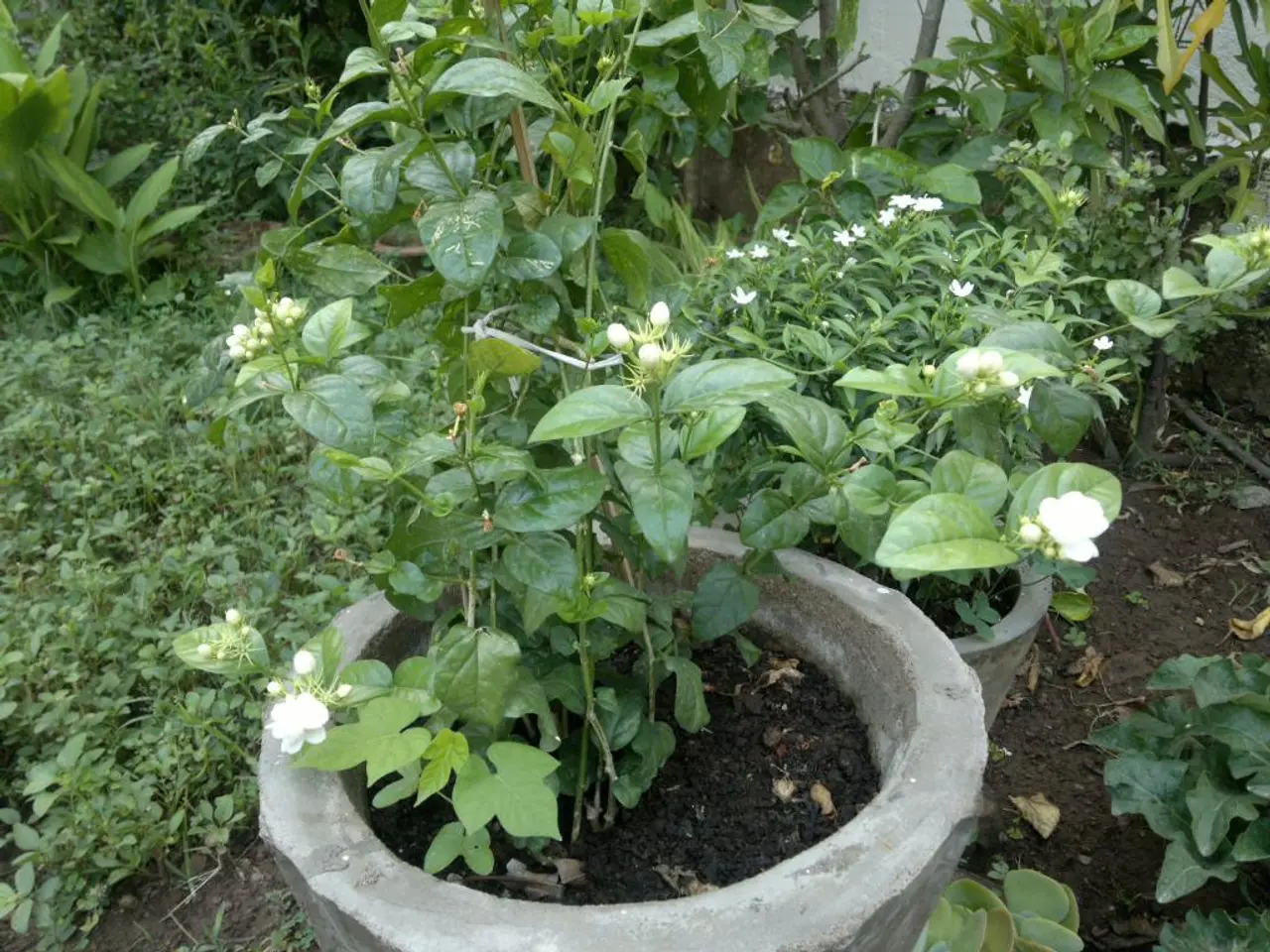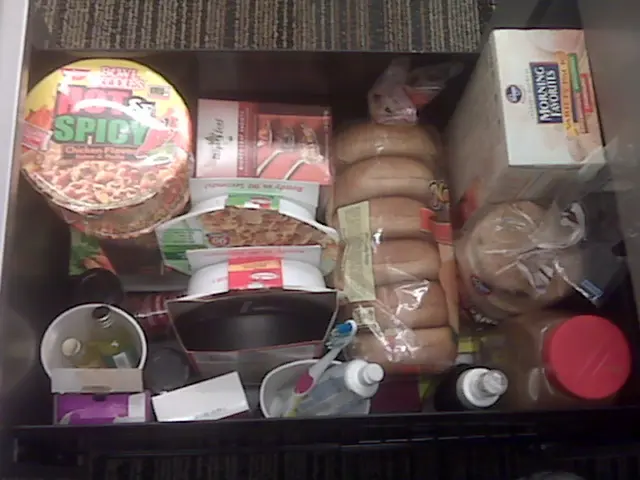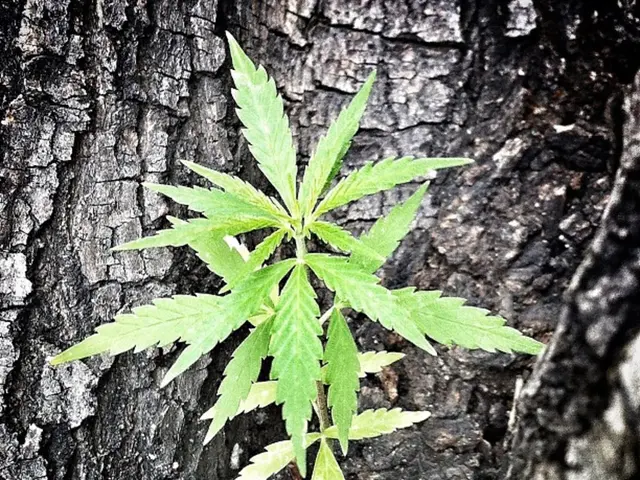Creating a Self-Contained Terrarium: A Step-by-Step DIY Tutorial
Are you intrigued by the idea of building a self-sustaining ecosystem right in your own home? Look no further than a closed terrarium! This miniature enclosed ecosystem, housed in a clear glass or plastic container, can support itself with minimal effort. Here's a step-by-step guide on how to create your very own closed terrarium.
### Container and Materials
The first step is to choose the right container. A sealable lid is essential to create a fully closed environment that retains humidity and supports a mini water cycle. Containers can range from jars to aquariums or specifically designed terrarium vessels. The container should be large enough for plants but not too big to complicate humidity control.
Next, add a layer of small rocks or gravel at the bottom for drainage. This will prevent waterlogging and promote proper drainage. After the drainage layer, add a substrate barrier layer such as activated charcoal. Charcoal purifies the water and reduces odours and bacteria, keeping the water clean and preventing mold build-up. Finally, use a well-draining potting soil mix suitable for terrarium plants.
### Plant Selection
When selecting plants for your closed terrarium, it's essential to choose small plants that thrive in humid, low-light environments and in confined spaces. Ideal plants include ferns, mosses, fittonia (nerve plant), small tropical foliage plants, and some miniature orchids or air plants (if misted properly). Avoid succulents or cacti for closed terrariums since they prefer dry conditions and poor humidity.
Including a diversity of plants varying in height, texture, and colour will create a natural look and a balanced micro-ecosystem.
### Creating the Miniature Rain and Nutrient Cycles
The closed lid traps moisture evaporating from the soil and plants, which condenses on the container walls and returns to the soil as droplets, mimicking a rain cycle. Nutrient cycle depends on the decomposition of organic matter and interaction with microbes and small fauna.
You can introduce microfauna such as springtails or small isopods, which help break down dead plant material and control mold, promoting nutrient recycling. Regular light misting at setup is sufficient; avoid overwatering since this disrupts balance – the terrarium mostly recycles moisture internally.
### Assembly Steps
1. Add drainage layer: A 1-2 inch layer of rocks or gravel. 2. Add activated charcoal: A thin layer over stones to purify water. 3. Add soil: About 1/3 full, shaping a mound or slope. 4. Plant your selection: Dig small holes, place roots gently, cover with soil. 5. Decorate: Add moss, small rocks, or decorative elements. 6. Water lightly: Mist the soil and plants gently, do not soak. 7. Seal and place: Find a spot with indirect light; too much direct light overheats the terrarium.
### Care Tips
- Keep the terrarium in indirect or filtered light; avoid strong direct sunlight to prevent overheating. - Monitor moisture inside: if excessive condensation builds up, briefly open the lid to air out. - If dryness occurs, mist lightly but sparingly. - Do not add fertilizer routinely; nutrients recycle naturally within the closed system. - Occasionally prune plants to prevent overcrowding.
This setup mimics a closed ecosystem where water cycles through evaporation and condensation, nutrients recycle through microbial and microfaunal activity, and plants provide oxygen and biomass. This design enables a largely self-sustaining terrarium requiring minimal intervention.
If you want a comprehensive step-by-step and troubleshooting, books or detailed guides specializing in terrarium ecosystems offer extensive advice and species recommendations.
With these tips in mind, you're ready to embark on creating your own self-sustaining closed terrarium with a miniature rain cycle and nutrient cycle. Enjoy watching your miniature ecosystem thrive!
- Building a closed terrarium is a fascinating way to create a self-sustaining ecosystem at home, inspiring personal growth and learning in lifestyle, home-and-garden, and education-and-self-development.
- Choosing the right container is crucial for maintaining humidity and supporting a mini water cycle; consider using containers like jars, aquariums, or specifically designed terrarium vessels.
- Carefully select small plants that thrive in humid, low-light conditions, such as ferns, fittonia, orchids, and mosses, to create a diverse and balanced micro-ecosystem.
- After adding a drainage layer and soil, decorate your terrarium with moss, small rocks, and decorative elements. Maintain your ecosystem by monitoring moisture levels, placing it in indirect light, and occasionally pruning plants.
- By observing your closed terrarium, you'll witness the intricate miniature rain and nutrient cycles, fostering a sense of wonder, and potentially sparking an interest in the broader topic of ecosystems, relationships, and the natural world.
- Incorporating this DIY project into your lifestyle can also encourage creativity, collaboration, and even shopping for terrarium-friendly materials and plants. Embark on this rewarding learning journey today!




